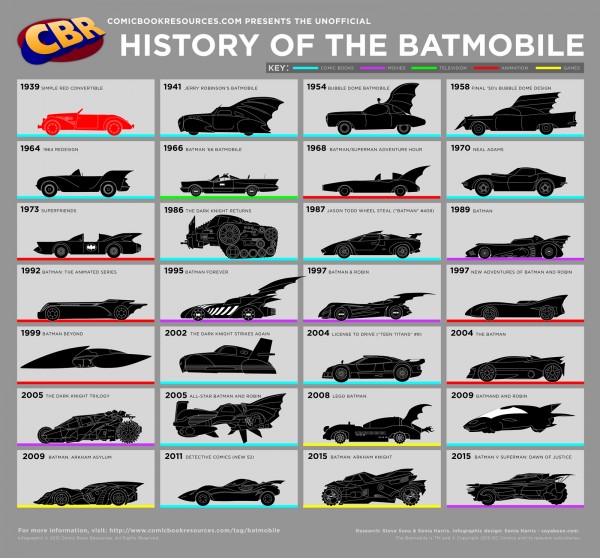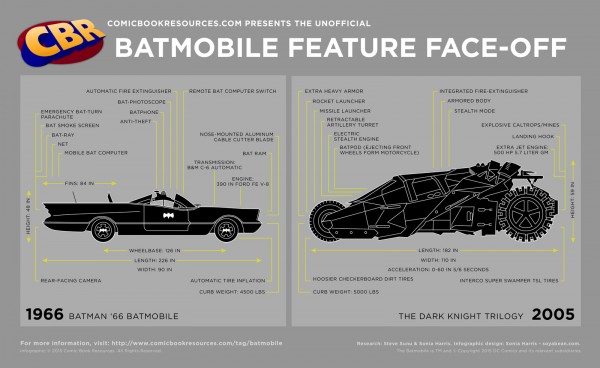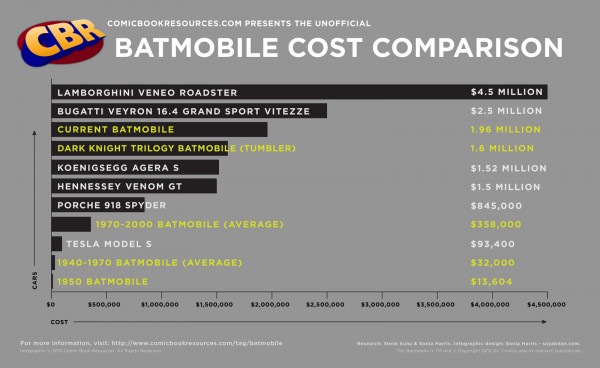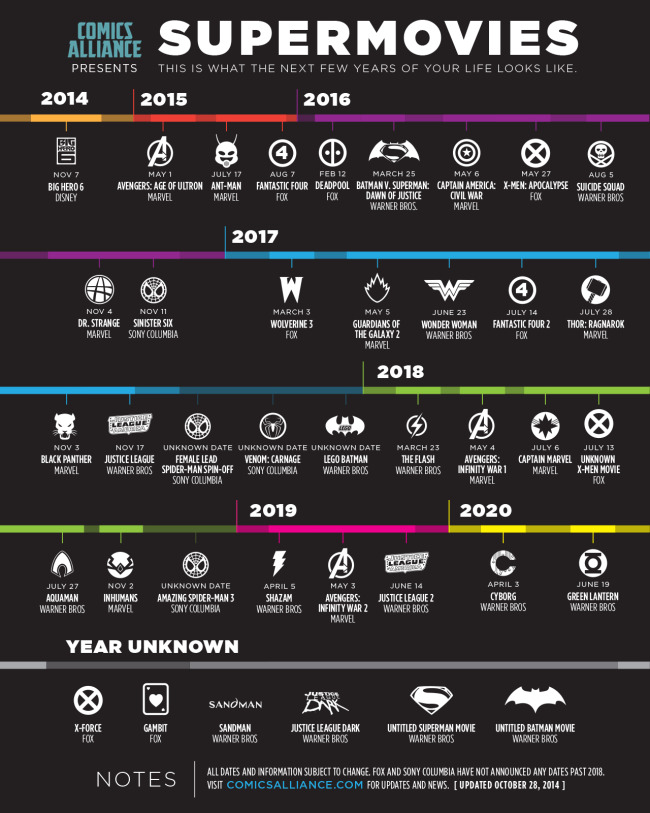The Super Skin of Superheroes
The Super Skin of Superheroes infographic is a fun chart showing the different skin of America's comic book heroes. Some are completely invulnerable, while others are just armored. The real uniqueness of the infographic though, is that is was created by Mcdermatology.com a company that is just really into skin. Talk about making a fun connection between your profession and comics!
If only our dermises could be invulnerable, unbreakable, elastic, metal, or ... better yet, acne free! (It might not be one of the most well-known superhero powers, but have you ever seen Superman with pimples?) Our list of superheros and their powers contains the specific abilities of the most important organ of the body: the skin! Comic-book heroes with naturally or supernaturally enhanced skin can change color, grow to building-sized heights, go invisible, or just take the beating that so many super-powered humans have to deal with when taking down bad guys. From X-Men to Marvel movie favorites like Captain America to DC heroes like Wonder Woman, here are the top super-powered dermises of the comic-book world!
Nerdist.com wrote the article below about the infographic
“Who’s tougher: Superman or the Hulk?” remains the playground question of the ages, right alongside “Who’s stronger: my dad or your dad?” Of course, in comic books (and now, comic book movies), superhero toughness is measured in different ways.
The aforementioned Superman and Hulk literally have invulnerable skin, where someone like Wolverine gives the appearance of being invulnerable due to his healing factor and metal skeleton. Then there are heroes like Iceman and Colossus, who create external skins for themselves that act as a kind of armor, but underneath all that get paper cuts just like the rest of us.
Thankfully, all of us superhero devotees now have this handy infographic chart, created by McDermatology.com, to show the differences in the tough hides of almost every major superhero. Called “The Super Skin of Superheroes: 86 Powerful Dermises of America’s Comic Book Heroes and Heroines,” this chart shows us the different ways characters from DC Comics, Marvel, Image and more are able to get beat up over and over again and pretty much never show a scratch.
There are some curious inclusions and omissions on this chart, however. For example, there are a ton of minor X-Men characters that you’ve probably never heard of, and yet there are no Green Lanterns on the list. Surely a Lantern’s ring-created external force field counts as a second skin as much as Iceman’s ice skin, right? And I’ve been reading Marvel Comics my whole life, and even I had to look up who the heck Machine Teen even was. Nevertheless, this is a fun and well made little chart that is pretty darn accurate.
Found on Nerdist.com









 Randy
Randy












